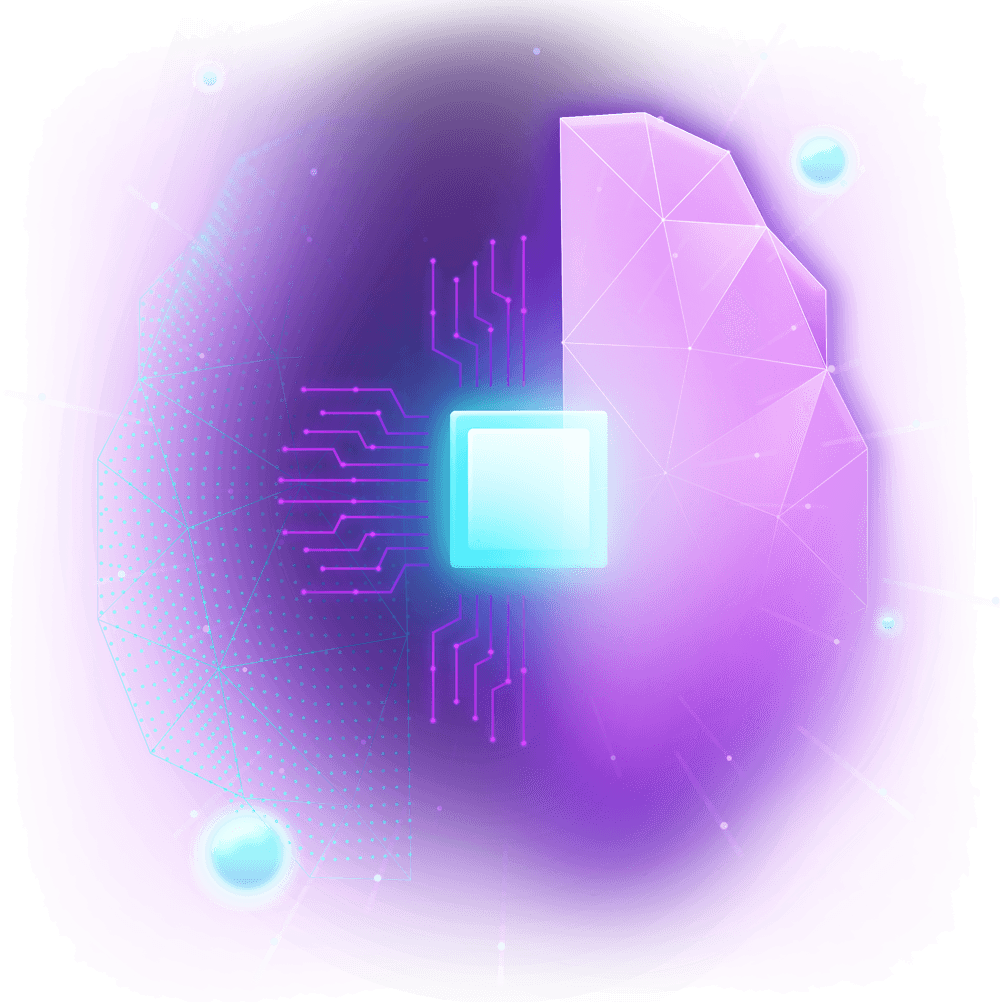Solution Architecture and Cloud Engineering

SERVICES
Infrastructure Design and Deployment
Security and Compliance
Implement security best practices and ensure compliance with industry standards and regulations. Design and configure secure network architectures, including VPCs, subnets, security groups, and access control lists and policies. Set up and manage identity and access management (IAM) roles and policies. Implement encryption and key management solutions for data protection using relevant AWS services such as KMS and ACM
System Integration and Data Migration
Integrate various systems and components within the AWS environment. Planning and executing application migration strategies to migration applications from on-premises to AWS environments, including data transfer and synchronization
Application and System Architecture
and performance of the applications or systems. Select appropriate AWS services and components to support the application or system requirements

AWS Governance and Multi-Account Management
Automation and DevOps

Backend Systems Development
Utilize programming languages to design, develop, and maintain backend applications. Specifically, focus on building robust and secure web APIs using Go, while ensuring compliance with requirements and following industry best practices.
Application Development
Integrate Go applications with various databases like MySQL, PostgreSQL, or MongoDB to facilitate efficient storage and retrieval of data. Leverage Go’s database libraries and ORMs (Object-Relational Mappers) to establish seamless interaction with the databases. Additionally, optimize database queries and transactions within the Go applications to enhance performance and efficiency.
Database Integration
Identify and address performance bottlenecks in Go applications by employing profiling and optimization techniques. Debug and troubleshoot any issues related to performance, memory management, or concurrency within the application. Leverage Go’s built-in profiling tools and performance monitoring capabilities to identify areas that require improvement. By using these tools, you can effectively analyze the application’s performance and make necessary optimizations to enhance its efficiency
Performance Optimization and Troubleshooting
Data Warehouse Design
Trending
